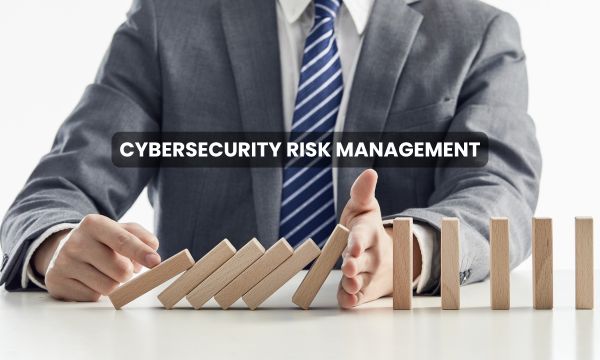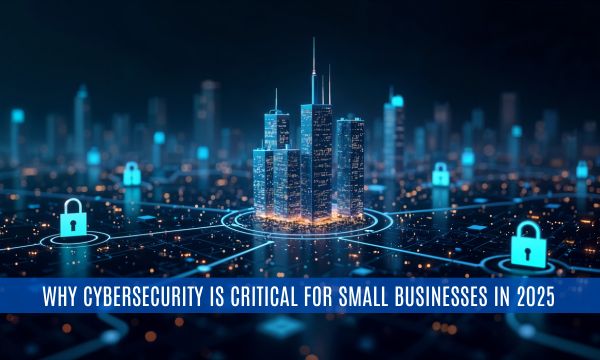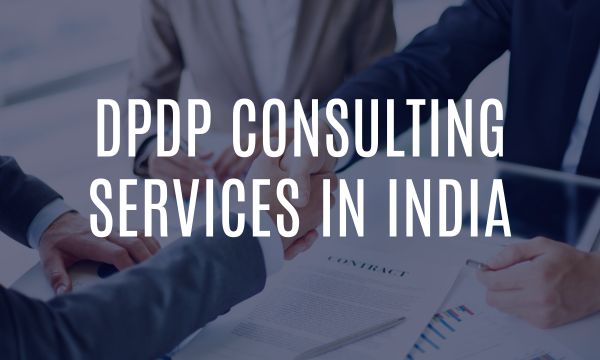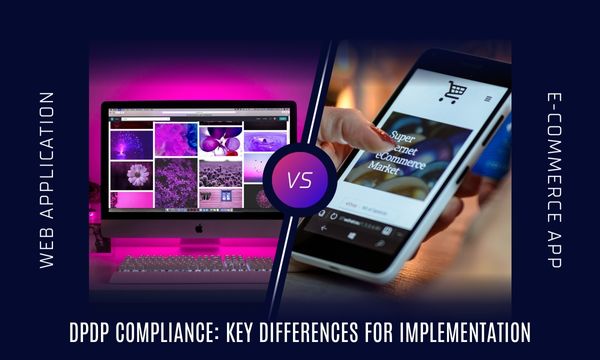
In the hyper-connected world, businesses are more exposed to cyber threats than ever before. From ransomware attacks that can paralyze operations to phishing schemes targeting employees, the digital landscape is fraught with risks. While large corporations often have dedicated teams to counter these threats, small and medium-sized businesses (SMBs) are often left vulnerable, lacking awareness.
According to a report by Accenture, 43% of cyberattacks target SMBs, yet only 14% are adequately prepared to defend against them. The consequences of neglecting cybersecurity can be devastating—financial losses, legal liabilities, operational downtime, and irreparable damage to your reputation. This makes cybersecurity risk management a cornerstone of modern business operations.
But what does cybersecurity risk management entail, and how can SMBs implement it effectively?
Why is Cybersecurity Risk Management Crucial for SMBs?
1. SMBs Are Attractive Targets
Cybercriminals often perceive SMBs as "low-hanging fruit" due to their limited resources and weaker defences. Attackers exploit these vulnerabilities to steal sensitive data, hold systems ransom, or disrupt operations.
* Example: In 2022, a small accounting firm in the U.S. fell victim to a ransomware attack. Without a proper risk management strategy, they had no choice but to pay a ransom of $75,000, causing a significant financial strain.
2. Compliance Is Non-Negotiable
Governments and industries have imposed strict cybersecurity regulations to protect data privacy. Failure to comply can result in fines, legal action, and reputational damage.
Under the General Data Protection Regulation (GDPR), fines for data breaches can go up to €20 million or 4% of global turnover, whichever is higher.
3. Operational Continuity is at Stake
Imagine your customer database being locked due to a ransomware attack or your supply chain grinding to a halt due to a phishing breach. Such incidents can cause massive downtime, leading to lost revenue and customer dissatisfaction.
4. Trust is a Fragile Asset
In the digital era, trust is paramount. A single data breach can erode customer confidence, affecting your brand’s reputation for years.
Breaking Down Cybersecurity Risk Management
1. Risk Identification
-
* Understand your vulnerabilities by conducting a comprehensive risk assessment. Identify critical assets such as customer data, financial information, and intellectual property.
-
* Tools: Vulnerability scanners, penetration tests, and employee surveys can provide valuable insights.
2. Risk Assessment
-
* Evaluate the likelihood and impact of each identified risk. Classify them as high, medium, or low priority.
3. Risk Mitigation
-
* Once risks are identified, implement controls to mitigate them.
-
* Example: Use firewalls to secure networks, implement multi-factor authentication (MFA) to prevent unauthorized access, and encrypt sensitive data.
4. Incident Response Plan
-
* Prepare for the worst-case scenario with a robust incident response plan. This includes steps to detect, contain, and recover from attacks.
5. Continuous Monitoring
-
* Cyber threats are dynamic. Regularly monitor your systems for unusual activities using tools like Security Information and Event Management (SIEM) solutions.
6. Employee Training
-
* The human factor is often the weakest link in cybersecurity. Educate employees on identifying phishing emails, creating strong passwords, and following company policies.
Practical Tips for SMBs to Strengthen Cybersecurity
1. Regular Backups
-
* Ensure all critical data is backed up regularly. Store backups offline or in a secure cloud environment.
-
* Pro Tip: Test your backups frequently to ensure they work during emergencies.
2. Adopt a Zero-Trust Model
-
* Limit access to sensitive information on a "need-to-know" basis. Verify every user and device trying to access your systems.
3. Secure Your Supply Chain
-
* Many SMBs overlook the cybersecurity practices of their vendors or suppliers. Ensure that your partners also adhere to strong security protocols.
4. Invest in Endpoint Protection
-
* Protect devices such as laptops, mobile phones, and tablets that connect to your network. This includes antivirus software, encryption, and remote-wiping capabilities.
5. Update and Patch Regularly
-
* Keep all software, hardware, and applications up to date to prevent attackers from exploiting known vulnerabilities.
6. Implement a Comprehensive Security Policy
-
* A well-documented policy sets clear guidelines for employees and contractors regarding acceptable use, password management, and reporting incidents.
What Happens Without Cybersecurity Risk Management?
- Financial Impact:
SMBs spend an average of $200,000 to recover from cyberattacks, forcing many to shut down within six months (U.S. National Cyber Security Alliance).
- Operational Downtime:
A ransomware attack typically causes 21 days of downtime, leading to customer dissatisfaction and revenue loss.
- Legal Consequences:
Non-compliance with regulations like GDPR or CCPA can result in penalties and lawsuits.
Cybersecurity Risk Management: A Growth Enabler
Rather than viewing cybersecurity as an expense, think of it as an enabler of growth. Here’s how:
1. Build Customer Trust
-
Consumers prefer businesses that prioritize data protection.
2. Ensure Scalability
-
With secure systems in place, your business can confidently adopt new technologies and expand operations.
3. Attract Investors
-
A strong cybersecurity posture demonstrates professionalism, making your business more appealing to investors.
Conclusion: Cybersecurity is Non-Negotiable
Cybersecurity risk management is more than a technical requirement—it’s a vital business strategy. By implementing robust risk management practices, SMBs can protect their assets, reputation, and future growth.
Don’t wait until an attack forces you to act. Take the first step today by conducting a cybersecurity audit or partnering with experts to build a tailored risk management plan. Your business’s survival and success depend on it.
Need help securing your business? Contact our cybersecurity team to create a robust risk management framework and stay ahead of evolving threats.



